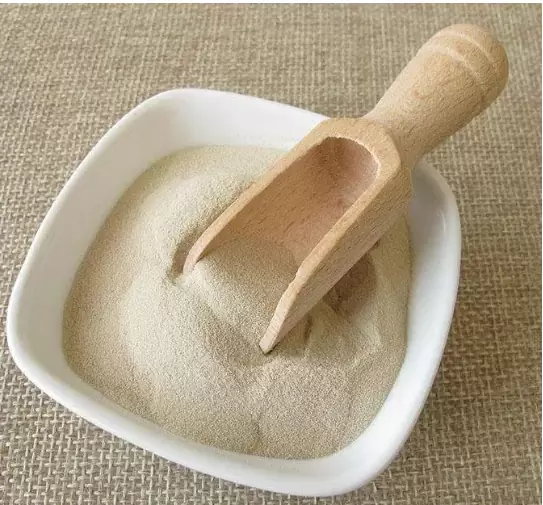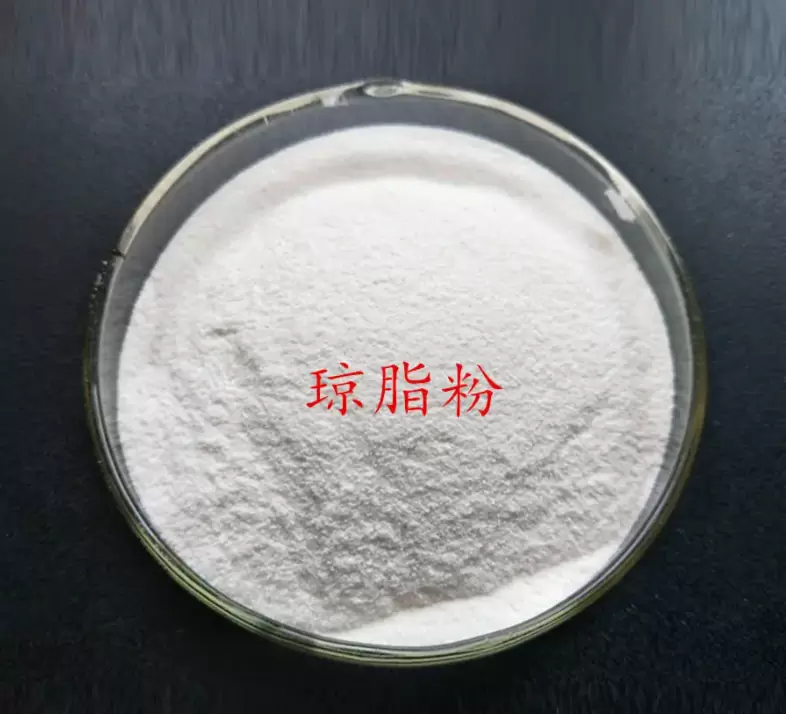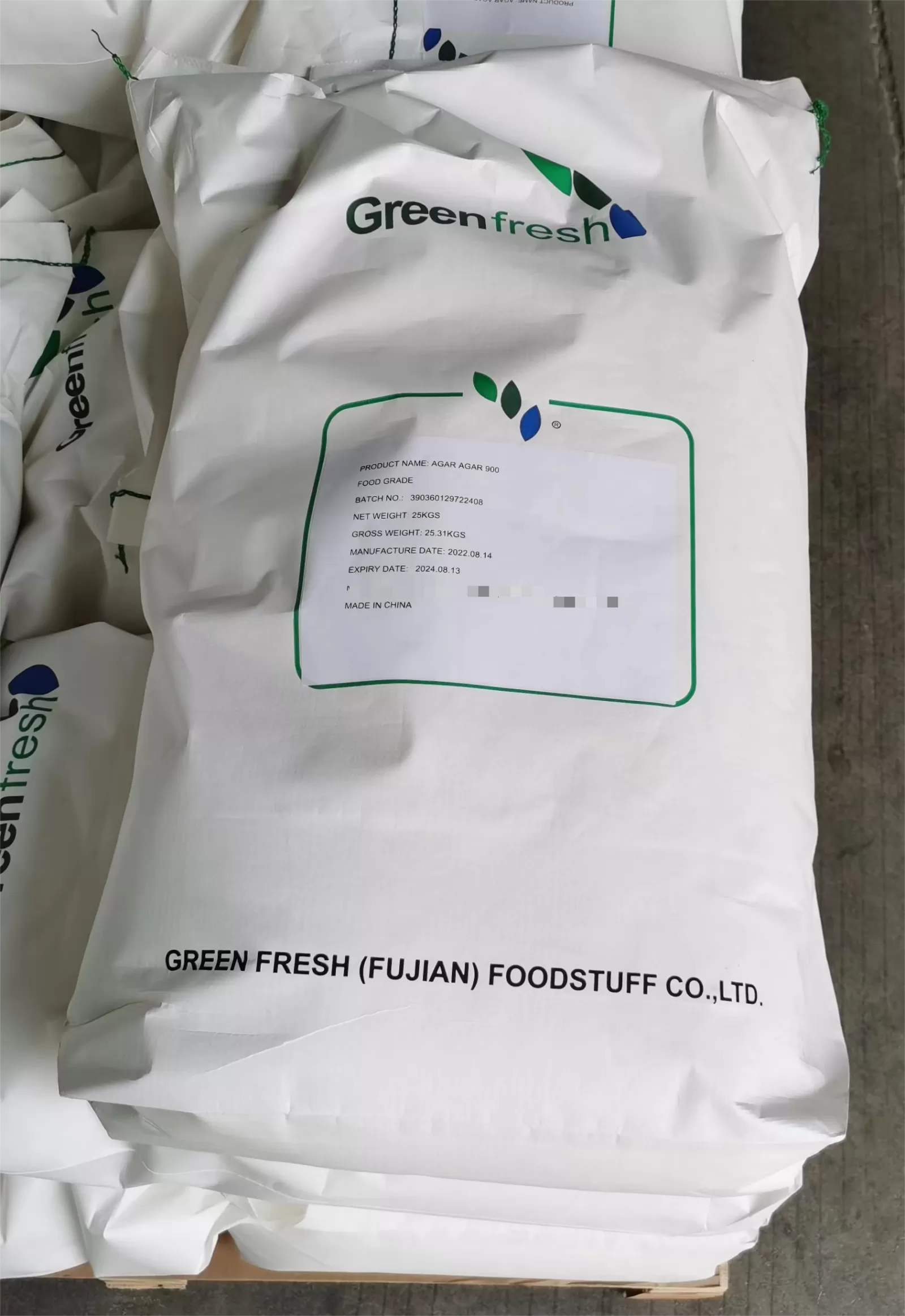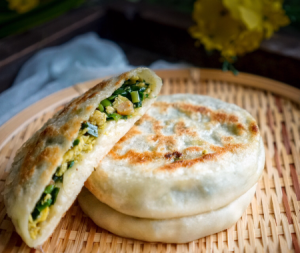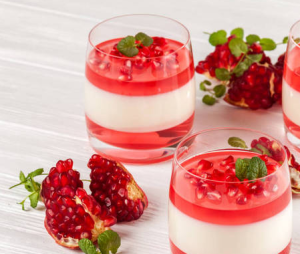Порошок агар-агара представляет собой желеобразное вещество, состоящее из полисахаридов, полученных из клеточных стенок некоторых видов красных водорослей, в первую очередь из огонори и «тенгуса».
Агар представляет собой смесь двух компонентов: линейного полисахарида агарозы и гетерогенной смеси более мелких молекул, называемых агаропектинами.[3] Он образует опорную структуру в клеточных стенках некоторых видов водорослей и высвобождается при кипячении. Эти водоросли известны как агарофиты, принадлежащие к типу Rhodophyta (красные водоросли).
Агар использовался в качестве ингредиента десертов по всей Азии, а также в качестве твердого субстрата для содержания питательных сред для микробиологических исследований. Агар можно использовать как слабительное; средство для подавления аппетита; веганский заменитель желатина; загуститель для супов; во фруктовых вареньях, мороженом и других десертах; как осветлитель в пивоварении; и для проклейки бумаги и тканей.
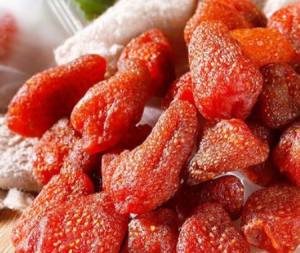

Агар-агар — натуральный аналог растительного желатина. Он белый и полупрозрачный, когда продается в упаковках в виде вымытых и высушенных полосок или в виде порошка. Его можно использовать для приготовления желе, пудингов и заварного крема. При приготовлении киселя его варят в воде до растворения твердых веществ. Затем добавляют подсластитель, ароматизатор, краситель, фрукты и/или овощи, а жидкость разливают по формам для подачи в качестве десертов и овощных заливных или добавляют к другим десертам, например, в виде слоя желе в торте.
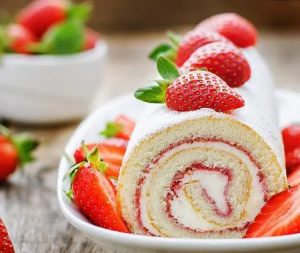

Агар-агар содержит приблизительно 80% пищевых волокон, поэтому он может служить регулятором работы кишечника. Его объемное качество было причиной причудливых диет в Азии, например, кантен (японское слово для агар-агара) диета. Однажды проглотив, кантен увеличивается в размерах и впитывает воду. Это приводит к тому, что потребители чувствуют себя более сытыми.
Одним из вариантов использования агара в японской кухне (вагаси) является анмицу, десерт, приготовленный из маленьких кубиков агарового желе и подаваемый в миске с различными фруктами или другими ингредиентами. Он также является основным ингредиентом в Мидзу Ёкан, еще одна популярная японская еда. В филиппинской кухне он используется для приготовления желейных батончиков в различных закусках из гуламана, таких как саго'т гуламан, самаламиг, или десертов, таких как буко пандан, агаровый флан, желе из фруктовых коктейлей, а также черный и красный гуламан, используемые в различных фруктовых салатах. . Во вьетнамской кухне желе из ароматизированных слоев агар-агара, называемое thạch, является популярным десертом, и его часто готовят в декоративных формах для особых случаев. В индийской кухне агар-агар используют для приготовления десертов. В бирманской кухне из агара готовят сладкое желе, известное как кьяук-кьяу. Агаровое желе широко используется в тайваньском пузырчатом чае.



